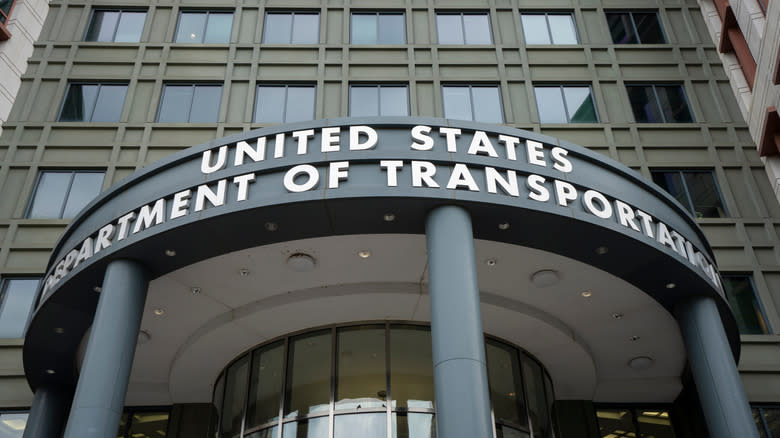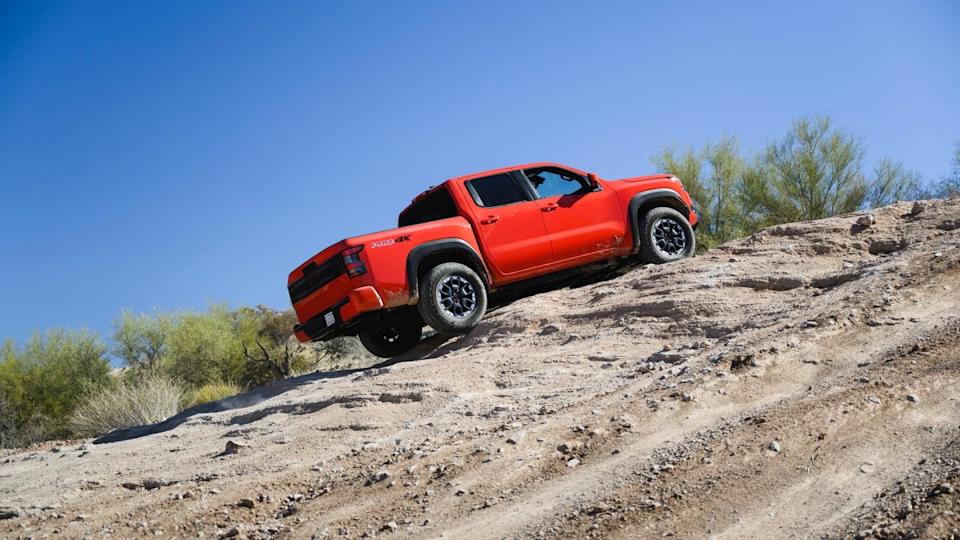
There once was a time when if drivers felt a speed limit was too low, they could simply speed and eventually the number on the sign would get higher. It's not that responsive, but traffic engineers did survey roads to see how fast drivers were going. The recommended speed limit was the 85th-percentile speed, or roughly the 15th-fastest driver in a group of 100. States are reconsidering the 85% rule for an alternative that takes other factors into account, like pedestrians and the likelihood of collision.
"City Limits" is the favored alternative guidance and was first published by the National Association of City Transportation Officials in 2020. The guidance tasks engineers to consider activity level and conflict density. Activity level is primarily based on where the road is, whether it be downtown, a suburb or anywhere in between. Conflict density is the number of Intersections, driveways and curb cuts over a quarter-mile. Three or more crossing points in a quarter-mile is considered high, while an average of less than one is considered low. Under "City Limits" guidance, a 25-mph road could have its limit raised to 35 mph or lowered to 20 mph based on the surroundings. Jenny O'Connell, the organization's director of member programs, told the AP; "The problem with this approach is it creates this feedback loop. People speed, and then the speed limits will be ratcheted up to match that speed."
Read more: Why Racing Cars Use Straight Cut Gears
Federal Authorities Are Trying To Discourage The 85% Rule

The Federal Highway Administration gave the shift away from the 85% rule a big push in 2023 when the agency published a new edition of the Manual on Uniform Traffic Control Devices, the bible of traffic engineering. It stated that the 85% rule wasn't actually a rule. The FHWA took things a step further when its Speed Limit Setting Handbook, published in January. The handbook stated, "Depending on the roadway context and conditions, setting speed limits based on the 85th-percentile may not represent an appropriate speed considering all road users and may perpetuate high-speed travel for the majority of drivers." Again, a feedback loop. The 85% rule is fine on highways where there are no intersections or sidewalks, but it's a different story around pedestrians.
Taking context into account where setting speed limits has knock-on benefits that can't be ignored. New York City began implementing Vision Zero's slate of pedestrian-friendly programs in 2014. Traffic injuries dropped by 30% over the first five years. Consequently, the state's Medicaid program saved over $90 million compared to similar counties that didn't implement the same measures. Vision Zero might never achieve its goal of reducing traffic deaths to zero, but the communities that prioritize road safety are reaping the benefits.
Want more like this? Join the Jalopnik newsletter to get the latest auto news sent straight to your inbox...
Read the original article on Jalopnik.








Comments